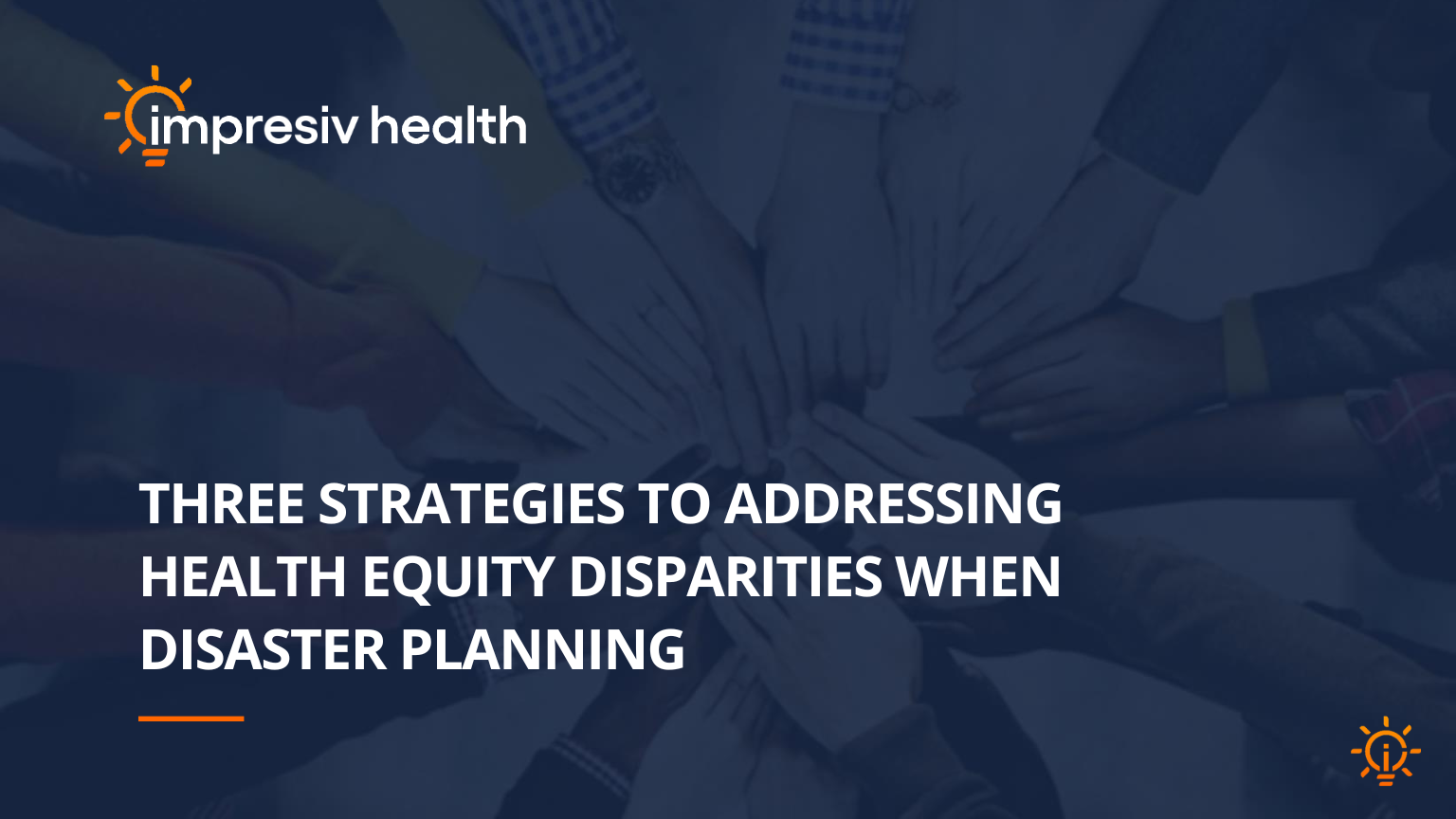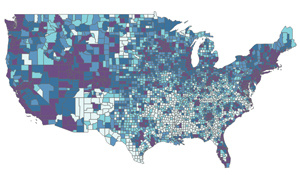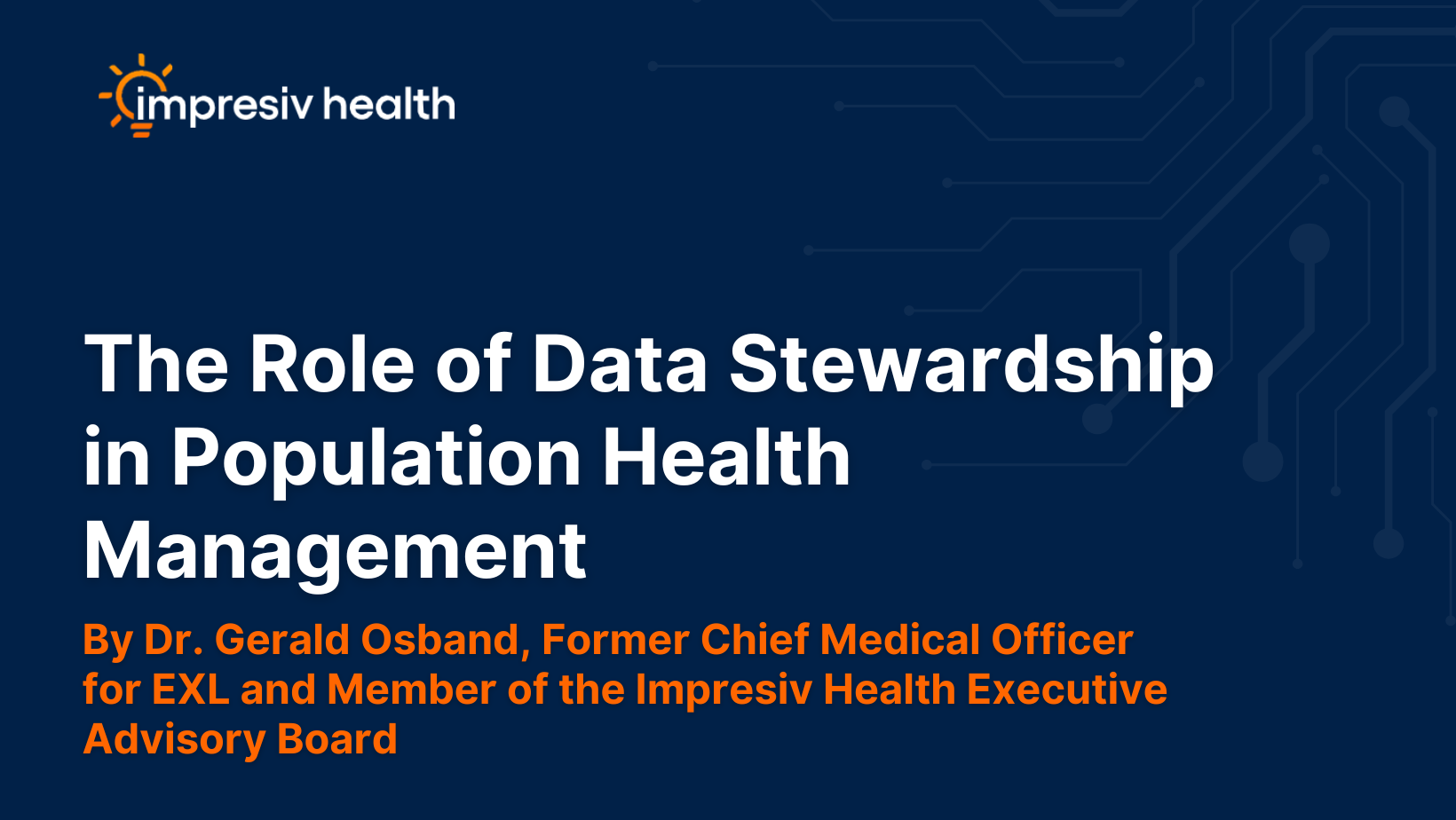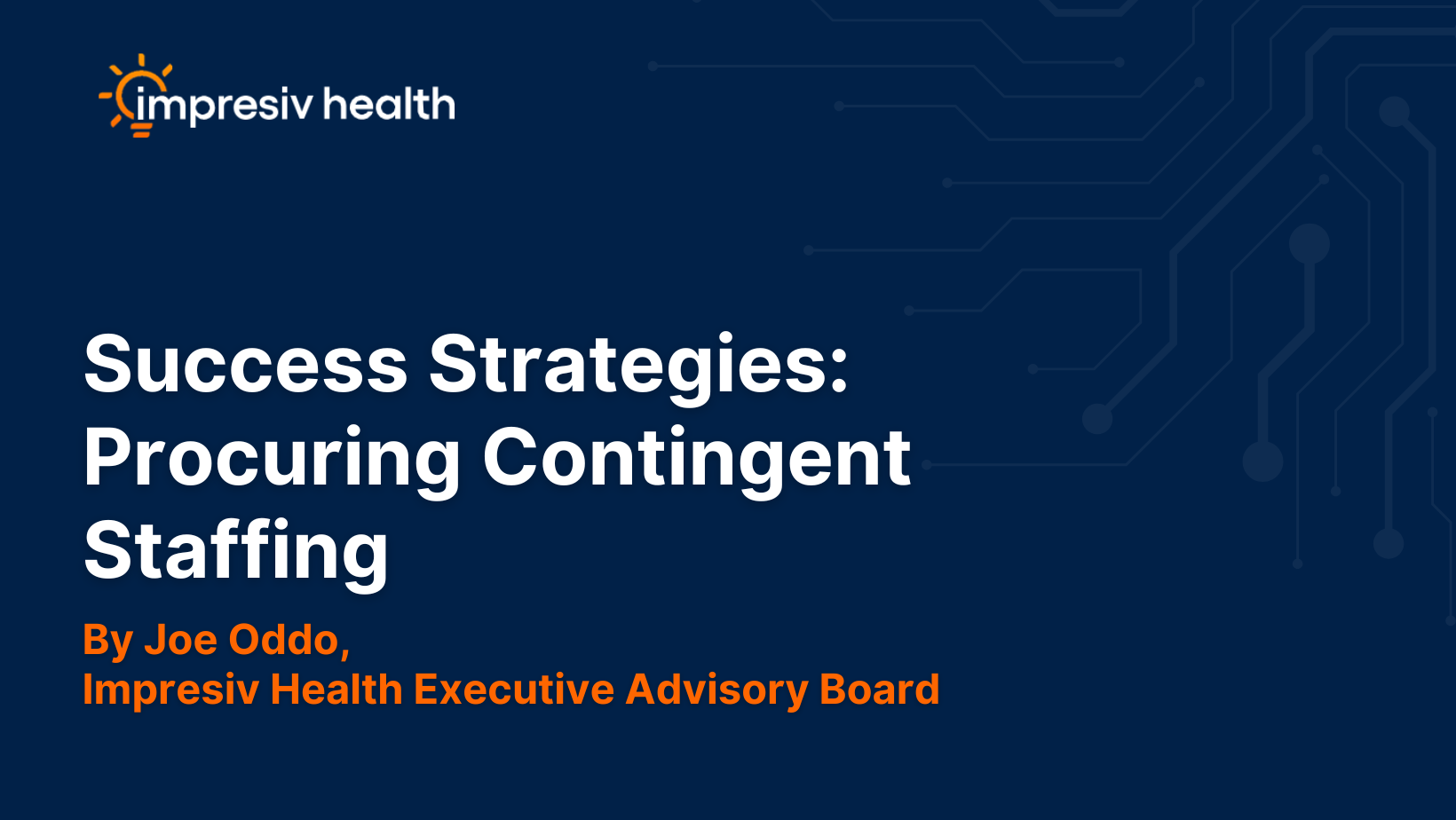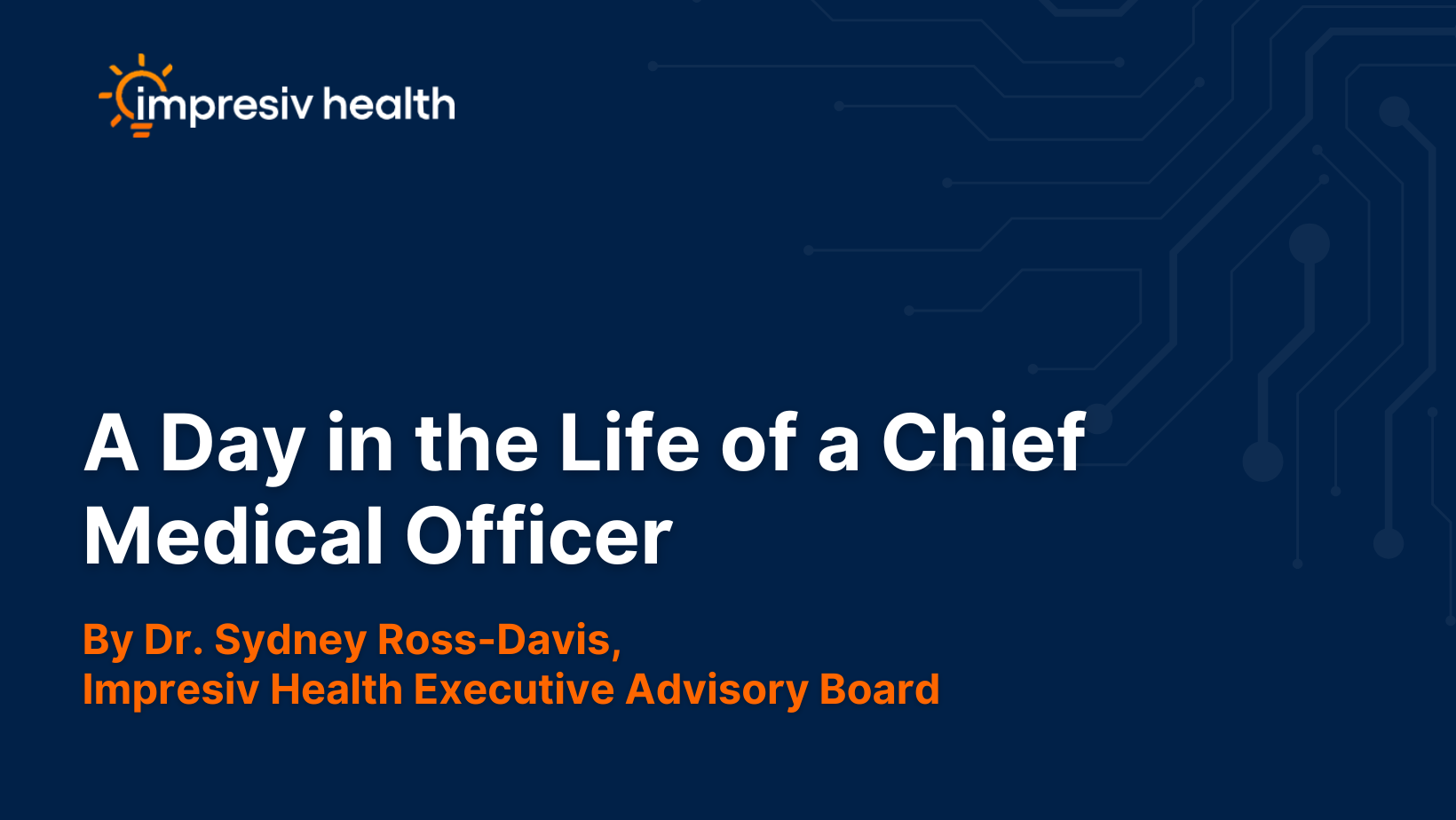As a resident of Florida and CEO of a company headquartered in Central Florida, I’ve had to build up a tolerance for the heightened concern for my family, friends, community, and employees every hurricane season. These concerns are alleviated momentarily each time a storm veers away, only to restart with the approach of the following potential threat until the season concludes. This is my unfortunate reality each year during the Atlantic hurricane season, which extends from June 1 to November 30.
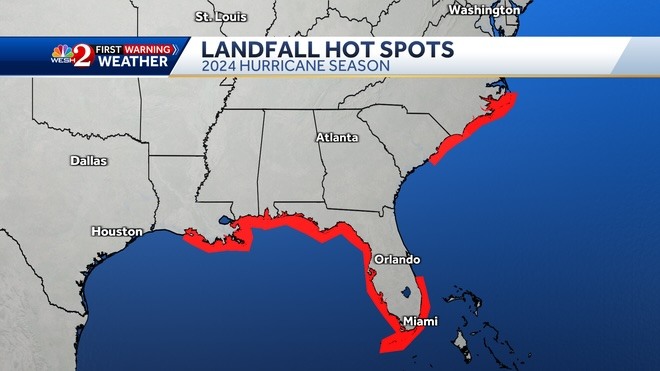
Hurricane Beryl, which reached Category 5 before making landfall as a Category 1, is setting 2024 on a dramatic course. This follows Idalia, the only U.S. landfalling hurricane in 2023, which hit on August 31 as a tropical storm. If this season mirrors the intensity of 2022, when Hurricanes Ian, Nicole, and Fiona wreaked havoc across the U.S. and its territories, we must brace for significant challenges. The damages that year amounted to hundreds of billions of dollars, affecting productivity, displacing tens of thousands, and claiming hundreds of lives.
This harsh reality leaves thousands of families in temporary housing, many relying on federal assistance for rent. For these families, accessing medical care often takes a backseat amidst the myriad of other essential and uncertain aspects of their lives. We must act swiftly to provide support and stability in these trying times.
The sobering fact is that socioeconomically disadvantaged families are particularly vulnerable during catastrophic events. Research indicates that low-income families, certain racial and ethnic groups, the elderly, children, individuals with disabilities, and those residing in substandard housing or specific geographic areas suffer disproportionately in various ways during disasters. For instance, limited or non-existent access to transportation, which hampers obtaining care before an emergency, becomes a significant obstacle during evacuation efforts. Additionally, for those with specialized needs, the complexities of evacuation are even greater.
As champions of their members’ quality of life, managed care organizations (MCOs) can revise their internal processes to account for the additional challenges they face before, during, and after crises. Your actions can have a significant impact on the lives of the socioeconomically disadvantaged. Here are three steps you can take toward mitigating those challenges and better preparing your members and staff for what to do should a catastrophic event occur:
1. Configure your Care Management Systems with a B.I. focus with predictive modeling techniques to identify your socioeconomically disadvantaged members.
The healthcare ecosystem is trending toward providing more inclusive, equitable care to all member populations. However, a caveat of the successful implementation of equitable practices is the collection of applicable data to facilitate seamless information and data sharing across the different departments in your organization.
How can you structure a plan of care for members that meets their income level, educational background, language preferences, mobility, etc., if your systems aren’t configured to capture that level of data? Not only will this type of data help you provide the proper care for your socioeconomically disadvantaged members, but if configured correctly, it will also assist in designing specific adjustments that account for their needs during times of crisis.
For a starting point, you can use the AIR SDOH Dashboard Tools—to search which areas within your coverage footprint are most disadvantaged based on socioeconomic measures. Then, use this information to find members who live in those areas and plan accordingly. Please note this is only a temporary solution, which does not internalize best practices for identifying specific members using specific data for specific outcomes. For a permanent, organization-wide solution, Impresiv Health can provide technical and advisory resources to help you update your systems, internal processes, and business intelligence practices.
2. Determine the incidence and method of delivery of care during and after a catastrophic event.
Adjust established plans of care based on the type of catastrophic event, the amount of damage expected, and the anticipated secondary hazards (like flooding and power outages after a hurricane) likely to occur. These factors can affect how your members gain access to their medication, medical equipment, and care.
Your members’ acuity levels should give you insight into the level of adjustments needed in the event of a disaster, with lower categories requiring fewer adjustments and higher categories requiring more. Once you’ve identified your socioeconomically disadvantaged members and their acuity level, craft a backup care plan that addresses their medical, environmental, and social needs.
For example, let’s say you have a low-income, elderly member undergoing automated peritoneal dialysis at home with no access to personal transportation who typically has his monthly supply of equipment and fluids delivered to his residence. He belongs to a higher acuity category because of the need to perform dialysis daily and his lack of alternative resources. If a disaster stops traditional delivery services, how will he get his supplies? If required to pick up shipments at a distribution center, how will he get there? If the power goes out, what measures are in place to ensure his equipment can function? The answers to these questions and others will help you determine the best alternate care route during and after a crisis.
3. Communicate your disaster plans through the means that best suit the individual member.
You should review, test, and provide training on your disaster plans often, but don’t forget to include one of your key stakeholders: your members. It is extremely important that all members understand the different ways and methods information will be communicated to them during and after an emergency, especially if telecommunications are down or not easily accessed, and how processes change during a particular crisis. But, you may have to adjust your communication methods to meet the needs of your socioeconomically disadvantaged members.
For example, if members have language preferences other than English, you should use patient navigators or translation services to communicate those plans. If a member does not have a phone, a representative may need to do a home visit to share updates. Using information on their preferences, you should revise your disaster plans to include the best means of communication for these members.
Developing Your Disaster Preparedness Plan
At a high level, these general steps will help you identify opportunities to address the needs of your socioeconomically disadvantaged members, but every MCO has its own unique member population and processes for ensuring that Members receive necessary care consistent with their care preferences and remain safe if the regular services are temporarily unavailable.
For more information on configuring these best practices into your care management systems, devising disaster and backup care plans, or sourcing a partner to support these initiatives, contact us at info@impresivhealth.com.
Remember, we're here to support you.

